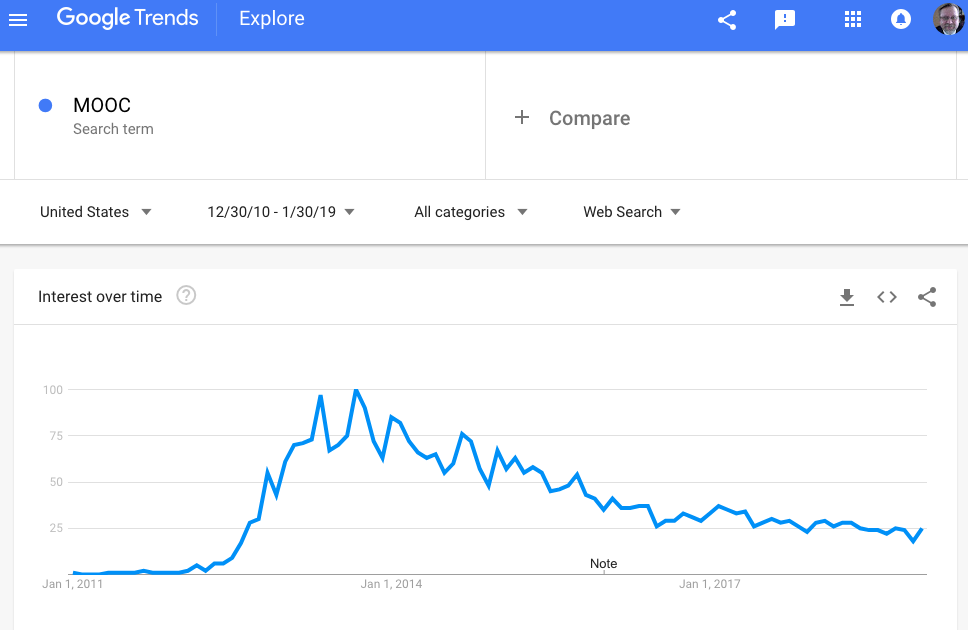If someone needs directions, don’t give them a globe. It’ll merely waste their time. But if someone needs to understand the way things are, don’t give them a map. They don’t need directions; they need to see the big picture (Seth Godin, 2017 para. 1).
In order to do well in the ADL, you need to see the bigger picture of how this program works. More specifically you need to see the bigger picture of how we have created a significant learning environment in which we give you choice ownership and voice through authentic learning opportunities.
The following pages and videos have been designed to help you understand why and how we use CSLE+COVA in the ADL and what that will mean to your learning experience. We recommend that you use the following pages in sequence but as you will see in the ADL program we leave that choice up to you:
Change in Focus
You will find that these two videos (Part A – 7 min & Part B – 4 Min) will help you to recognize how a simple change in focus can help you and your organization stay focused on helping your learners to realize their full potential and grow into future leaders who will help improve our world.
COVA
The short page and video (2 min) provide the overview and context for COVA and will help to reinforce how important it is to have choice, ownership, and voice through authentic learning opportunities.
CSLE+COVA Framework
The short page and video (2 min) provide the overview and context for CSLE+COVA.
Why CSLE+COVA
Since people don’t buy into what you do but buy why you do the CSLE+COVA Why, How and What page and the short 4 Keys to CSLE+COVA (5 min) provide the foundational starting point about how to use technology to enhance learning.
What to expect from the ADL
Constructivists hold that people learn by making meaningful connections between what they already know and what is new. Therefore, it is our hope that the What to Expect video (6 min) which compares and contrasts the CSLE+COVA to the traditional information transfer model will help you to understand how to deal with the differences you will experience in the ADL program
What you get from the ADL
Since the ADL program uses authentic learning opportunities that are core to the constructivist CSLE+COVA approach this page points to all the authentic, plans, strategies, and related resources that you will create in the program.
ADL Program Map
The ADL Program Map page and related video (8 min) will give you a detailed explanation, and a visual representation of how the ADL program works and how each of the courses works together to help you build, implement and measure an innovation plan that will help you succeed as a digital leader.
CSLE
Once you have gone through the above pages and videos going back to the CSLE page will help to reinforce how important it is to look at creating significant learning environments.
Research
We encourage everyone to always look at the research and supporting ideas and theories behind what you read. The CSLE+COVA and the ADL program are based on well-established constructivist theories and research so we encourage you to explore these foundational ideas further.
References
Godin, S. (2017, January 8). Maps and globes [Blog]. Retrieved from http://sethgodin.typepad.com/seths_blog/2017/01/maps-and-globes.html
ADL links:
Applied Digital Learning
DLL Evolves to ADL
CSLE+COVA
ADL Why & Principles
Assessment OF/FOR/AS Learning
ADL Program Map
What You Get From the ADL
How to Succeed in the ADL
ADL Course Goals
ADL Tips & Perspectives
Revised on August 16, 2021


































